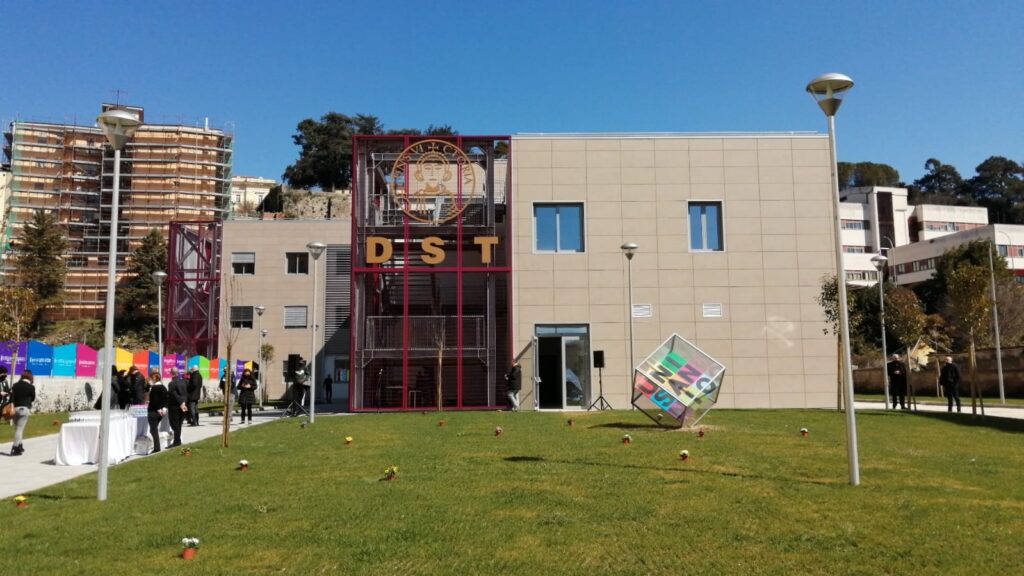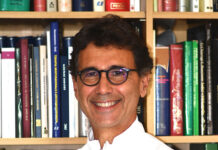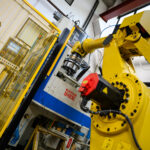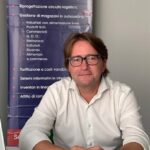Founded in 2011 from the 30-year experience of its founder Filippo Castagnozzi, now in its second generation, C-Engineering is a company from Irpinia highly specialised in the field of technological systems, public buildings, fire-fighting and energy efficiency. An all-Italian excellence that has managed to assert its leadership in a highly competitive market, thanks to high-quality services and a highly motivated and qualified team. Agostino Castagnozzi, Sole Director and Technical Director, in this lengthy interview talks about the importance of energy requalification of buildings and how sustainable construction actually helps to achieve the energy transition.
by Roberta Imbimbo
Dr Castagnozzi, with what mission was C-Engineering born?
C-Engineering was born in 2011, inheriting the highly specialised know-how of my father Filippo Castagnozzi, a well-known systems designer who had been active since 1980, the time of the Irpinia earthquake. Over time, however, the company has expanded its core business to other strategic activities, although plant engineering remains one of its main activities, becoming an all-round engineering company. Today, C-Engineering is a company operating throughout the country, whose primary objective from its operational headquarters in Ariano Irpino is to maximise customer satisfaction by offering tailor-made design solutions, with high added value because they are tailored to the specific needs of each individual customer in terms of functionality, usability and aesthetics, according to a working method based on the most modern quality standards.
What kind of market is it in which you operate? What peculiarities distinguish you from your competitors?
The public procurement market is certainly a highly competitive market worth around 200 billion euro per year. Despite the presence of numerous players, some of them well-structured, thanks to the experience and professionalism gained over many years of activity, C-Engineering has managed to assert its leadership by becoming an important point of reference in the sector, with a strong team of highly specialised, close-knit, motivated and well-integrated professionals. For C-Engineering, human capital is certainly very important. It is no coincidence that it has decided to make professional training its workhorse. Thanks to strategic partnerships with organisations and leaders in the sector, its employees have the opportunity to constantly acquire the most up-to-date and cutting-edge knowledge and technical skills, giving it a competitive advantage in its market. Another strategic choice, which over time has proven to be rewarding, is the desire to diversify the core business: today C-Engineering also proposes and implements solutions for the energy efficiency of buildings, addressing its offer mainly to the Public Administration, i.e. schools, hospitals and municipal bodies. Innovative solutions, which concern both the building envelope and the plant engineering component of the structures, capable of rationalising and optimising the consumption of the most energy-intensive systems: at the end of an accurate energy diagnosis, we are able to identify the interventions necessary to guarantee the passage to a higher energy class, carrying out a global energy requalification of the building (school, hospital or municipal offices) done with all the necessary criteria, always having as a priority the protection of the environment.

How important is it today to make such buildings increasingly energy efficient? How does sustainable building support the energy transition?
Extremely important! The Ukrainian geopolitical crisis and the resulting uncertainties in Russian gas supplies clearly show the need to significantly increase investments in energy efficiency, accelerating immediately on renewables and building upgrades (today it is no longer possible to be energy-dependent on superpowers!). By exploiting the opportunities created by government tools and incentives, such as the 110% Super-bonus envisaged in the DL Relaunch or the funds (about 60 billion euro) for energy efficiency envisaged within the PNRR, it is possible to adequately manage deep redevelopment interventions, making a concrete contribution to reducing the energy needs of buildings, and at the same time ensuring other important advantages on environmental and acoustic comfort. On the other hand, the benefits of the energy transition have a positive impact on the economy of a country where most buildings are more than 50 years old and are therefore still energy inefficient precisely because they were built at a time when nobody cared about environmental impact (in Italy, in fact, 34% of the building stock belongs to energy class G (energy consumption is more than 189 kWh/m2 per year) and only 6.6% belongs to class A (below 15 kWh/m2 per year). Today, we know what the consequences of this neglect are, which is why we must intervene promptly by renovating as many buildings as possible. Today, among other things, nanotechnology and intelligent materials make these renovations less invasive and faster.
Future goals?
To further consolidate our position in the target market, and also to concretely study the creation and dissemination of energy communities in inland areas of the country. In cooperation with university institutes that are already active in this field, we want to develop proposals for small municipalities and disadvantaged areas so that the sharing and efficient use of energy can lead to new development.
For more info (https://www.c-engineering.it)






















































